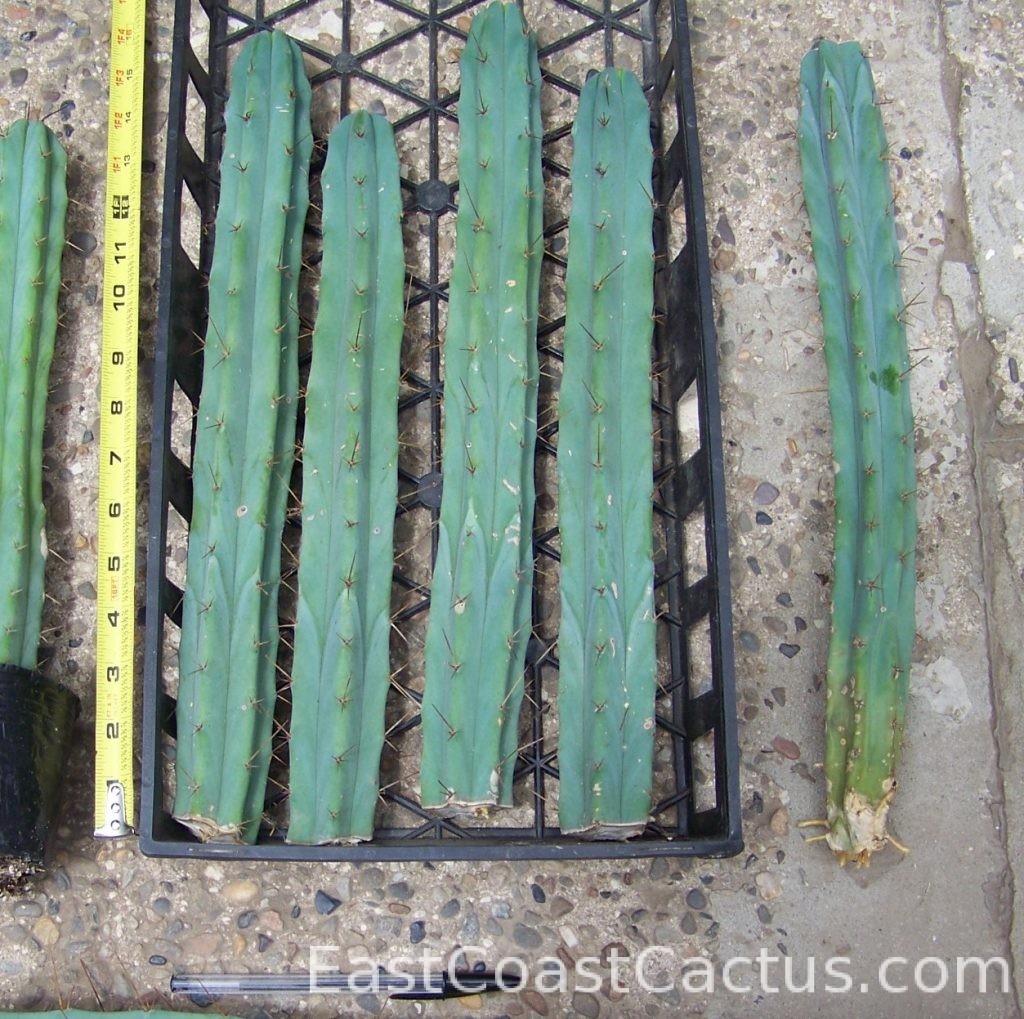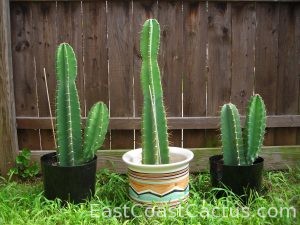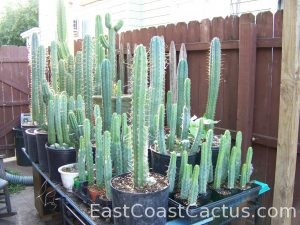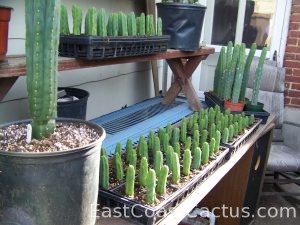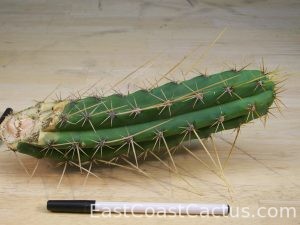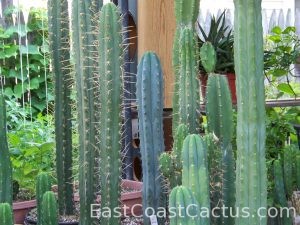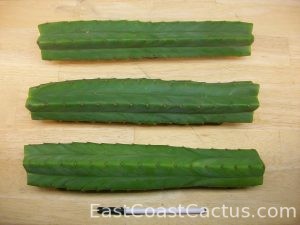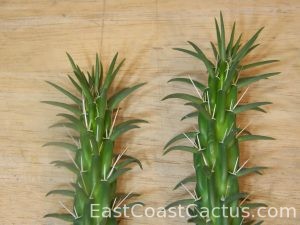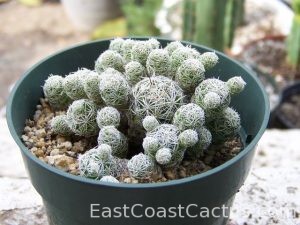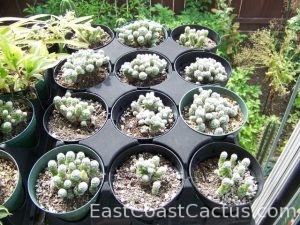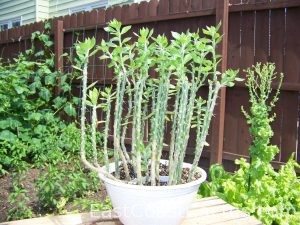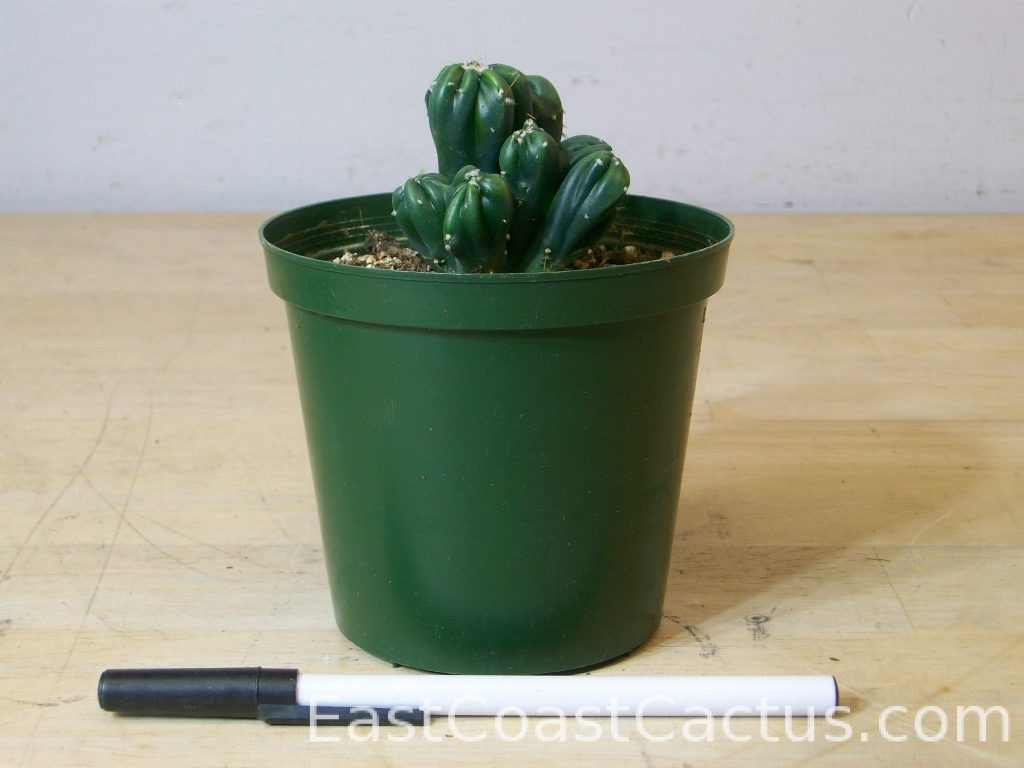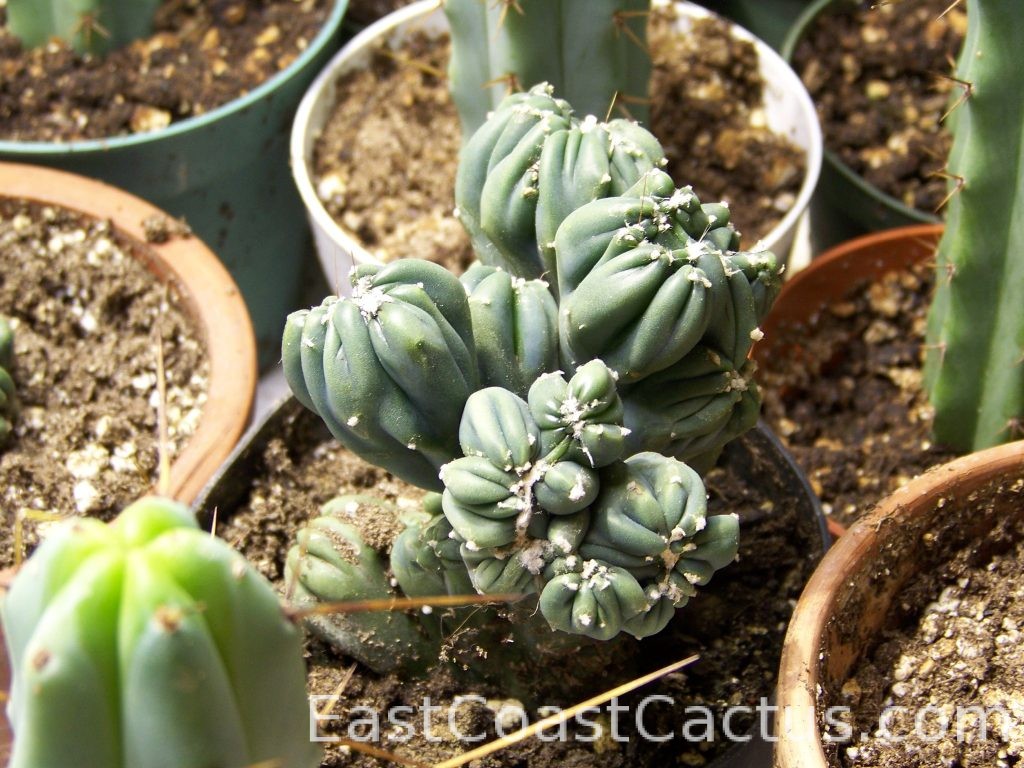EastCoastCactus.com is a one man owned and operated webstore located in central New Jersey. Founded in 2010 with the goal of domesticating wild cacti to become the pet rock of the 21st century.
All cacti sold here are house trained and friendly. They get along well with other cacti. Adopt your cactus today!
Requests, questions, comments, insults, etc. just use the Contact form on the site.
For cuttings under one pound in weight shipping cost by USPS First Class Mail Package should between $4.95 and $6.50 within the continental USA.
June 2023
It’s been a long time coming but finally have some seeds to offer. What you say?!??! Your Trichocereus finally flowered?!/ And you’ve got the seeds ready to go?!
Sadly that is not the case. The seeds are from two types of common Optuntia Prickly Pear that are winter hardy here in the New Jersey, Eastern USA. Not sure what the culitivar names are but the one I am just calling Eastern Prickly Pear is “spineless”, can get huge pads, flowers like crazy every summer. Mine usually get to be about 3′ tall before bending over but you could go a lot higher if you tied them up/down.
The second type I got from a local yokel who had them growing in their front yard. It was like a “sea of red” from the cacti fruits and the were all low to the ground, maybe 7″ at highest. There were some long spines coming from the pads but for the most part none of the cacti I’ve grown from them have long spines. I got both seeds and cuttings from that local person. They tend to have smaller pads than the other variety and stay lower to the ground. The two other main differences are in the flowers and fruit/tunas. The flowers of the Eastern Prickly Pear I grow are always solid yellow. The flowers from the smaller variety look identical except they always have some red orangish color near the center:
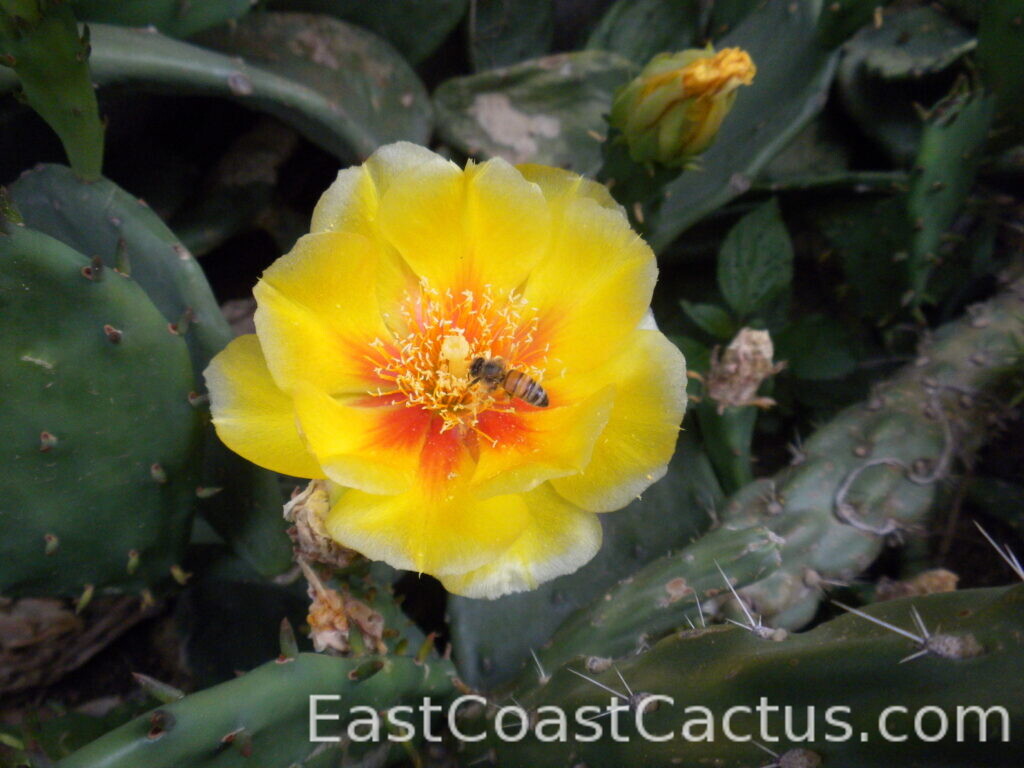
And here are flowers from the larger variety:

The other big difference is the smaller variety tends to keep it’s tunas on it’s pads well into the next season and they always have seeds in them. They get dark red. The larger variety gets many many more flowers but the tunas just fall off and don’t seem to form many seeds.
So if you want to buy some seeds use the CONTACT form on the website. The price? $5 for ten chunky seeds shipped for free (USA only) in a regular First Class Mail envelope. You can get 5 of each if you want, or any variation of the two varieties.
Side note- bees REALLY love these flowers. Almost every flower had at least one bee in it when I was out there today. Support your local honeybees buy some honey seeds!
September 2021
The largest two E. peruvianus hit about 6′ tall this year- and still no flowers. They are both the slowest growing and the fattest of all my Echinopsis varieties although the bottom sections of the columns don’t seem to be getting much bigger while the top of the largest is about 7″ in diameter. Think I will call this “Container Cacti Syndrome” and all the Echinopsis / Tricho cacti seem to suffer from it to one degree or another. At some point the bases are just not going to be able to support all that top heavy weight…
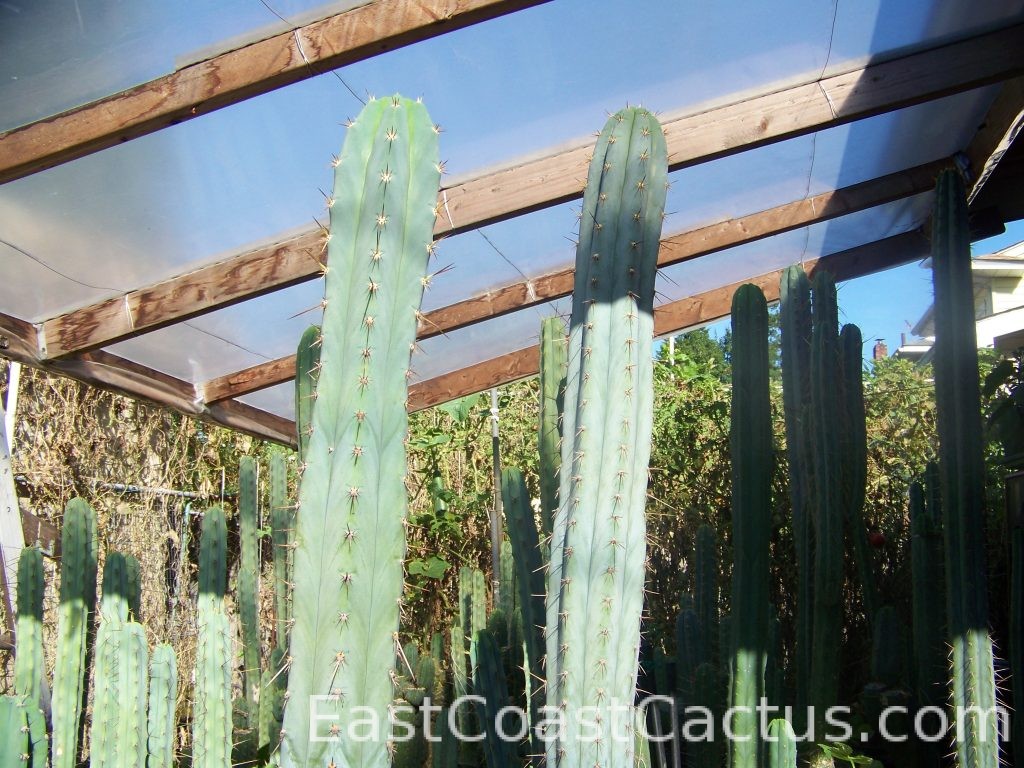
Going to be hard to get them indoors this year so they might end up getting cut back. So sad.
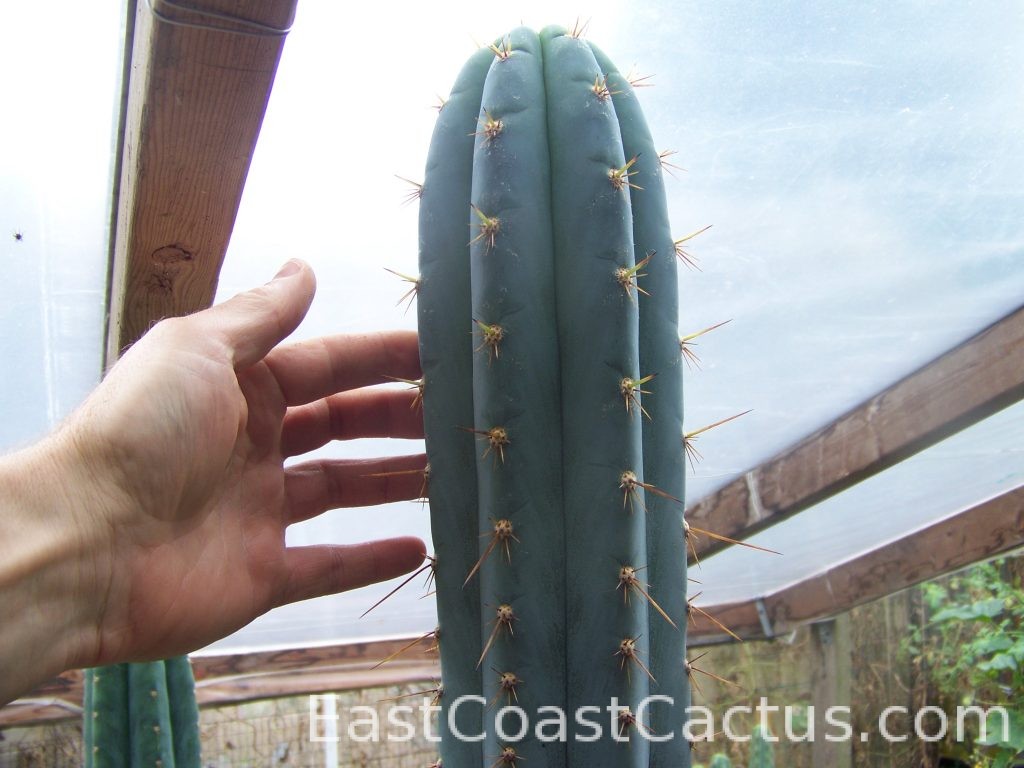
August 2021
Someone just ordered a big variety of cacti – here is what their order looked like:


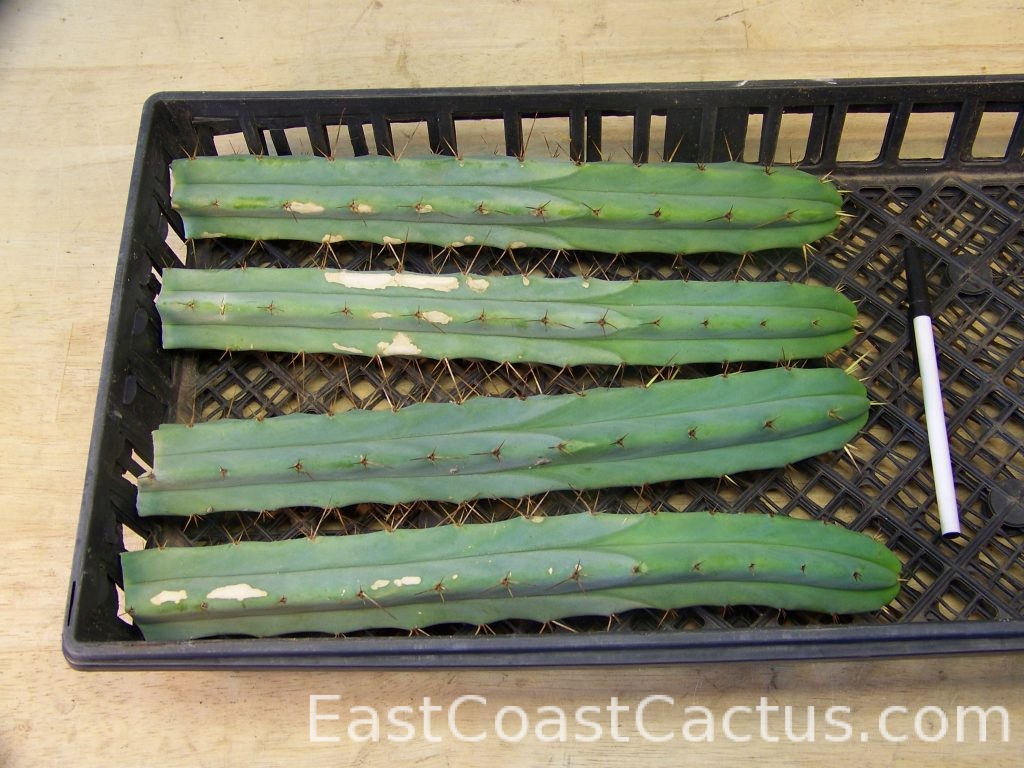
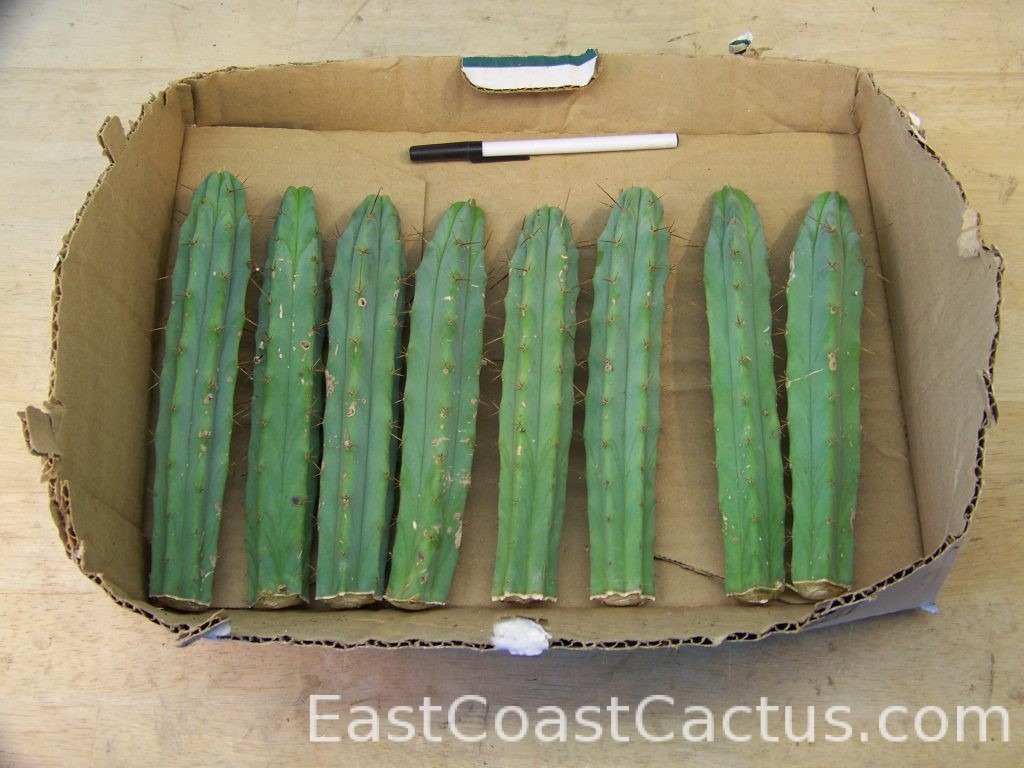
June 2021:
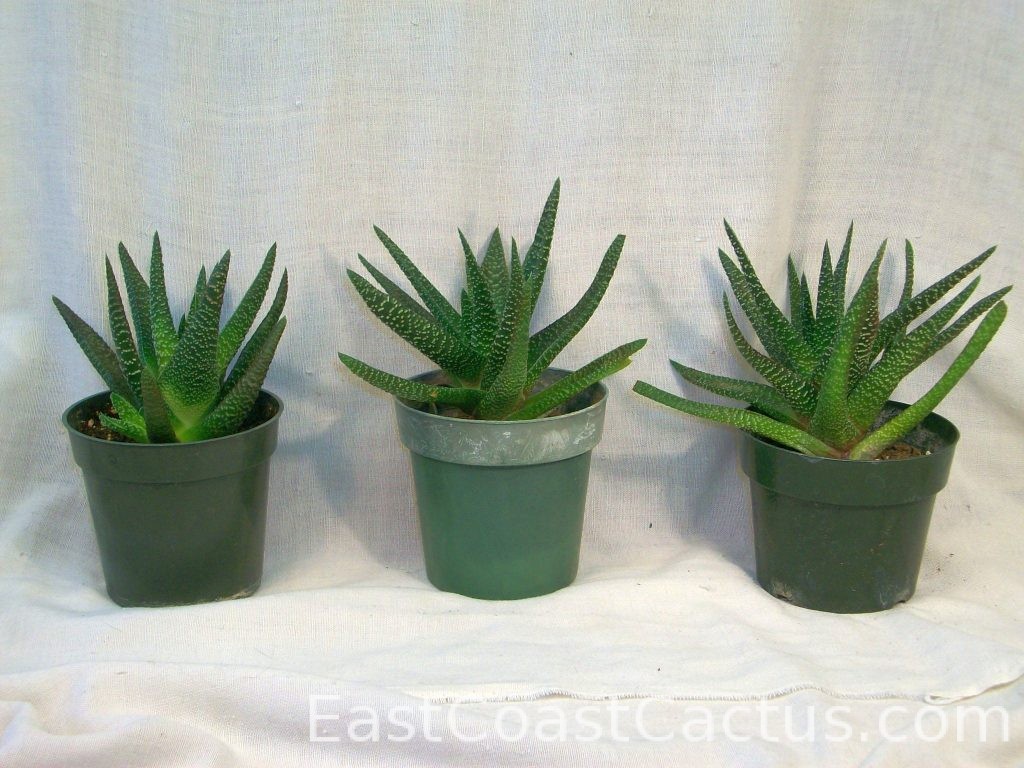
Tulista minima AKA Haworthia minor – healthy plants approx. 4″tall $7.00 each. Shipped bare root.
May 2021:
12″ to 15″ E. lageniformis (T. bridgesii) ECCB001 cuttings as shown below- prices vary. Many have small air roots starting. Discounts if you buy more than three. More available. Use Contact page and will respond ASAP
